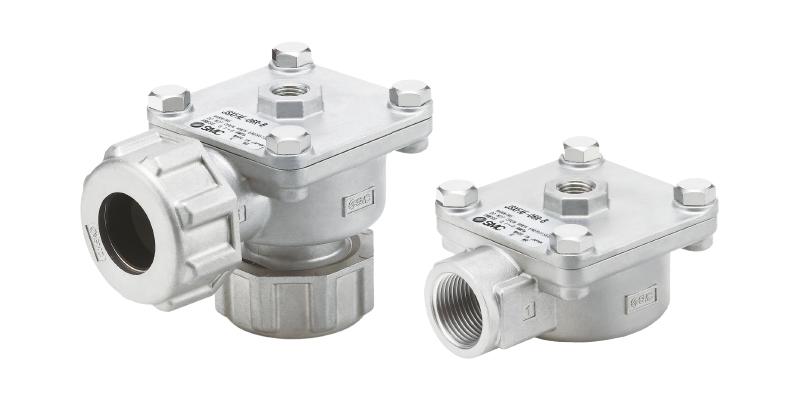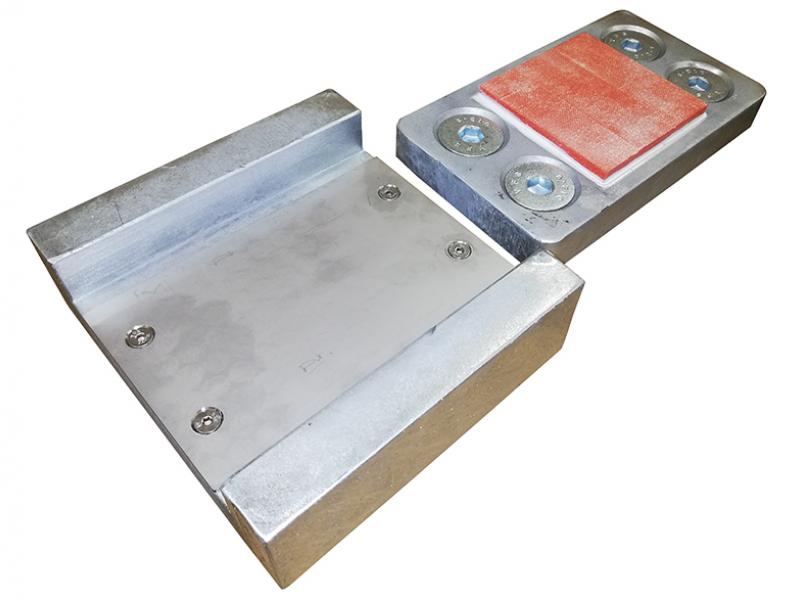Dust capture is an important part of maintaining a clean production environment to ensure 100 percent operational efficiency in your plant. While many make use elaborate filtration systems to trap dust, SMC recently released a cost-effective and simple solution to this pesky problem; and while in the past SMC has offered a dust collector valve, the introduction of this pulse valve is one of its greatest, new innovations to date, states the company.
Vince Marcucci, OEM and Key Accounts Manager from SMC says that the dust removal process can still involve significant energy costs – particularly when a bag house could have six or more valves, with hundreds of valves at any one facility. “In response to this inefficiency, SMC Corporation has developed a valve technology – the JSXFA – that includes a fast closure and response that can pump large volumes of air at a higher pressure for a short period of time. This is sufficient to create a shock wave that cleans the bag – while reducing costs.”
The local market (ANZ) is one of the first to receive this new valve thanks to high demand.
“In a market that puts health and safety at the top of its priority list, our region is in dire need of an easy-to-implement solution. Where most valves are rated to stand up to around one million cycles, SMC’s JSXFA valves are rated to at least 10 million cycles,” says Marcucci.
“In factories producing milk powder, for instance, dust remains a key concern and can cause unnecessary costs and downtime. We urge any customers experiencing this to contact us.”
Marcucci estimates that with a six-valve system and an operation sequence of every eight seconds, working 16 hours a day, six days a week, 50 weeks a year, this could translate to over 20 years of working life before replacement is required. Since the valves are typically mounted high on a tower, SMC designed them with reliability in mind from the outset to maintain service life in between intervals. “The traditional diaphragm is a thin rubber sheet material that requires a spring to sit behind it to ensure the diaphragm is closed on initial start-up,” Marcucci says.
The JSXFA valve also comes with two different types of fitting suitable for different installations. One is direct mount with threaded connections and the other a compression fitting also known as a dresser nut. Overall, SMC has designed the JSXFA valve to be adaptable to a host of different situations. Key improvements include:
• 15 percent increase in peak pressure • 35 percent reduction in air consumption • 45 percent reduction in OFF response time • 40 percent increase in flow rates, says SMC.
Details, Ph: 09 573-7000;
E-mail: nzsales@smcanz.com






